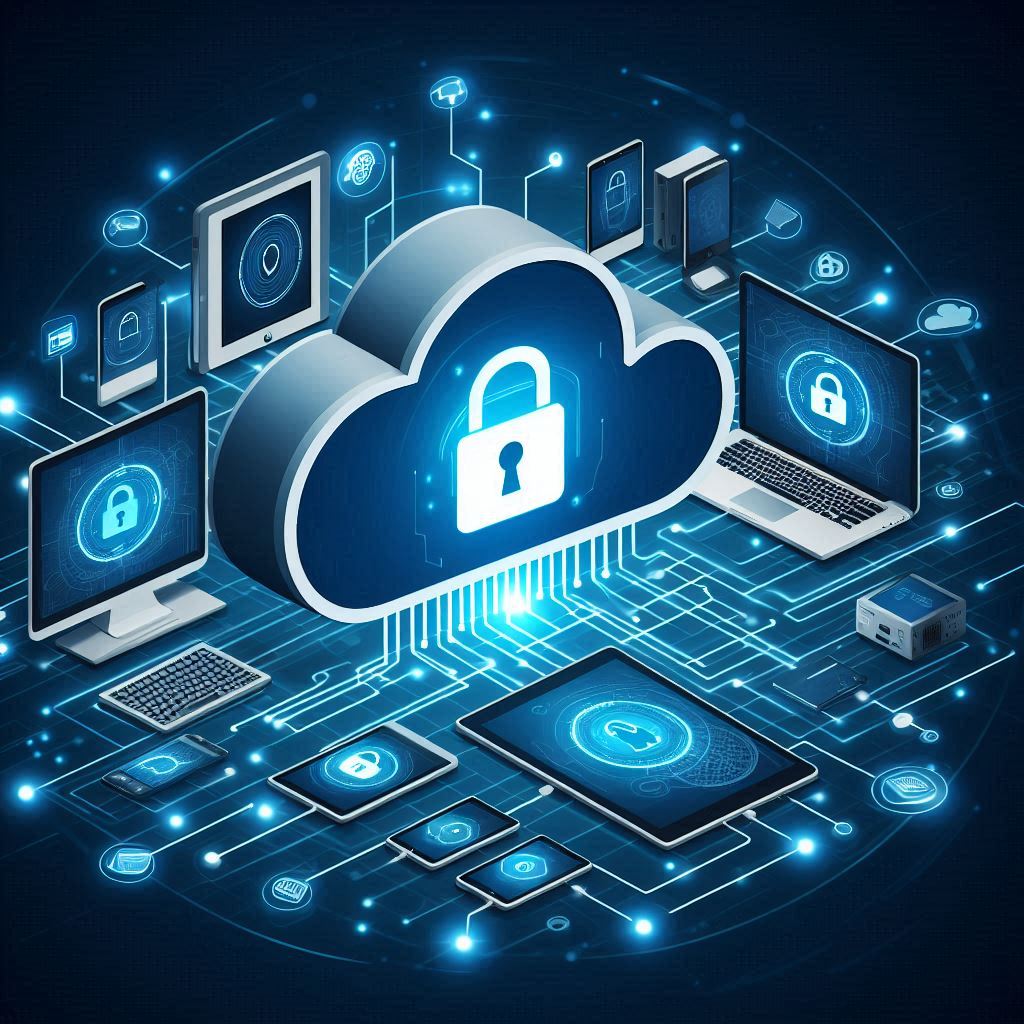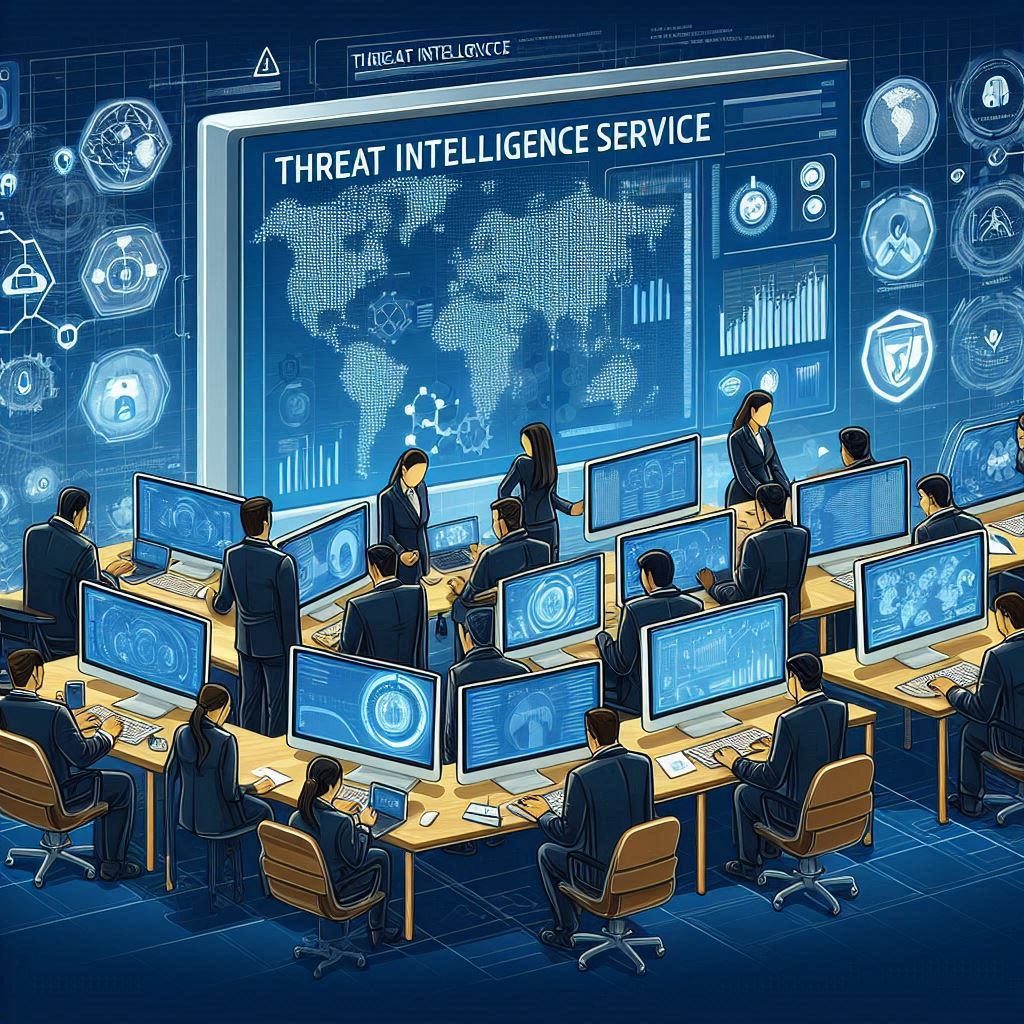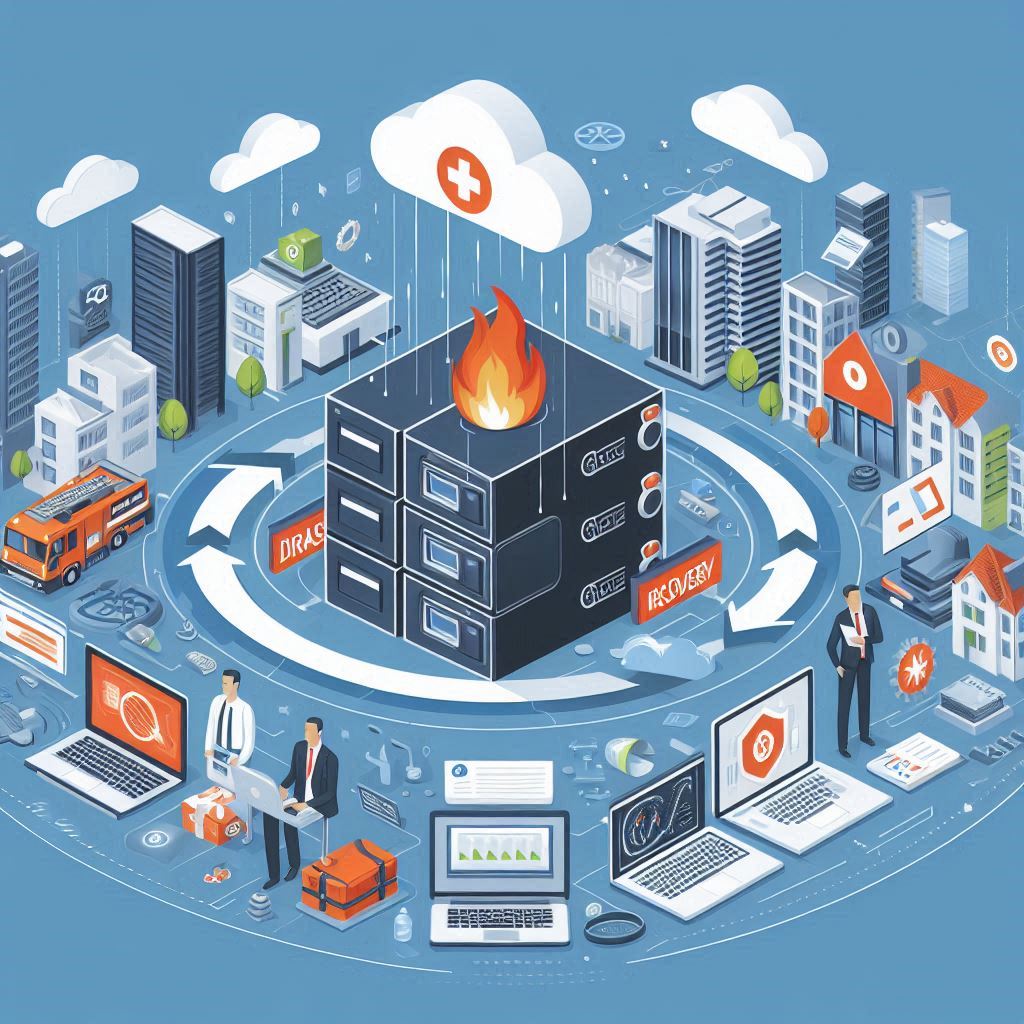
Network Security
Network security involves a range of technologies designed to protect data and ensure the security of networks from unauthorized access, attacks, and breaches.
Key Services:
- Firewalls: Next-generation firewalls (NGFW) for deep packet inspection and protection against advanced threats.
- Intrusion Detection and Prevention Systems (IDS/IPS): Tools to monitor and prevent malicious activities on the network.
- Network Segmentation: Dividing the network into segments to limit access and contain potential breaches.

Endpoint Security
Endpoint security protects the devices connected to the network, such as laptops, smartphones, and tablets, from threats like malware, ransomware, and phishing.
Key Services:
- Antivirus and anti-malware software
- Endpoint Detection and Response (EDR) for proactive threat monitoring
- Mobile Device Management (MDM) for securing mobile devices
- Patch management to ensure devices are up to date with the latest security fixes

Identity and Access Management (IAM)
IAM solutions provide businesses with control over who can access what information and systems. This includes enforcing authentication protocols and monitoring user access across the network.
Key Services:
- Multi-Factor Authentication (MFA): Adds extra layers of security beyond passwords.
- Single Sign-On (SSO): Simplifies authentication for users across multiple applications.
- Privileged Access Management (PAM): Controls access to sensitive systems by privileged users.
- Role-Based Access Control (RBAC): Ensures users only have access to the resources they need for their roles.

Data Security and Encryption
Data encryption ensures that sensitive data is unreadable to unauthorized users, whether the data is in transit or stored in a database. This is vital for protecting privacy and ensuring compliance with regulations.
Key Services:
- End-to-End Encryption: Protects data as it moves across networks or is stored.
- Data Masking and Tokenization: Obscures sensitive data, ensuring privacy.
- Backup and Disaster Recovery: Secures critical business data and ensures recovery in case of loss or breach.

Cloud Security
As businesses move more of their operations to the cloud, ensuring the security of cloud-based infrastructure, applications, and data is critical.
Key Services:
- Cloud Access Security Brokers (CASB): Provides visibility and control over cloud service usage.
- Cloud Encryption: Protects sensitive data hosted in the cloud.
- Security Posture Management: Ensures cloud environments remain compliant and secure.

Security Information and Event Management (SIEM)
SIEM systems help organizations aggregate and analyze security data to detect and respond to potential security threats in real time.
Key Features:
- Log management: Collects and stores logs from various systems.
- Threat detection: Identifies anomalies and potential threats.
- Incident response: Provides insights to respond quickly to incidents.
- Compliance reporting: Ensures security practices comply with industry regulations.

Threat Intelligence
Threat intelligence services provide organizations with timely and actionable information about emerging threats, allowing them to proactively defend against cyberattacks.
Key Features:
- Real-Time Threat Intelligence: Provides up-to-date information on cyber threats.
- Threat Hunting: Actively searches for hidden threats in the network.
- Threat Feed Integration: Integrates global threat intelligence feeds into the security infrastructure.

Disaster Recovery and Business Continuity
Ensuring the ability to recover data and restore operations in the event of a cyberattack, natural disaster, or system failure.
Key Services:
- Backup Solutions: Regular backups of critical data to ensure availability in case of loss.
- Disaster Recovery as a Service (DRaaS): Cloud-based disaster recovery solutions for quick recovery.
- Business Continuity Planning: Strategies and procedures to maintain essential operations during a crisis.

Managed Networking and Security Services
Managed services providers (MSPs) offer Managed Networking and Security Services to organizations looking for comprehensive, outsourced network and security management. These services typically include:
- 24/7 Monitoring and Threat Detection: Continuous network monitoring and proactive threat detection to catch and mitigate issues before they cause damage.
- Managed Firewalls and VPN: Outsourced management of network security devices like firewalls and VPN solutions.
- Security Patch Management: Ensuring that all devices and systems are patched and updated to the latest security standards.
- Incident Response and Remediation: Assistance in responding to and mitigating security breaches or incidents.
Compliance Management: Ensuring that an organization’s network and systems meet industry-specific regulations (such as GDPR, HIPAA, PCI-DSS).
Benefits of Networking and Security Solutions
- Improved Performance: Optimized network infrastructure ensures higher uptime, faster data transfer, and more efficient communication.
- Enhanced Security: Comprehensive protection against internal and external threats, minimizing the risk of data breaches, malware, and other cyber threats.
- Scalability: Networking solutions like SDN and cloud services provide the ability to scale resources as needed, adapting to growth or changes in business needs.
- Compliance: Adherence to industry standards and regulations, reducing the risk of fines and reputational damage.
- Cost Efficiency: Managed services and cloud security solutions can reduce the need for in-house infrastructure and specialized security teams.